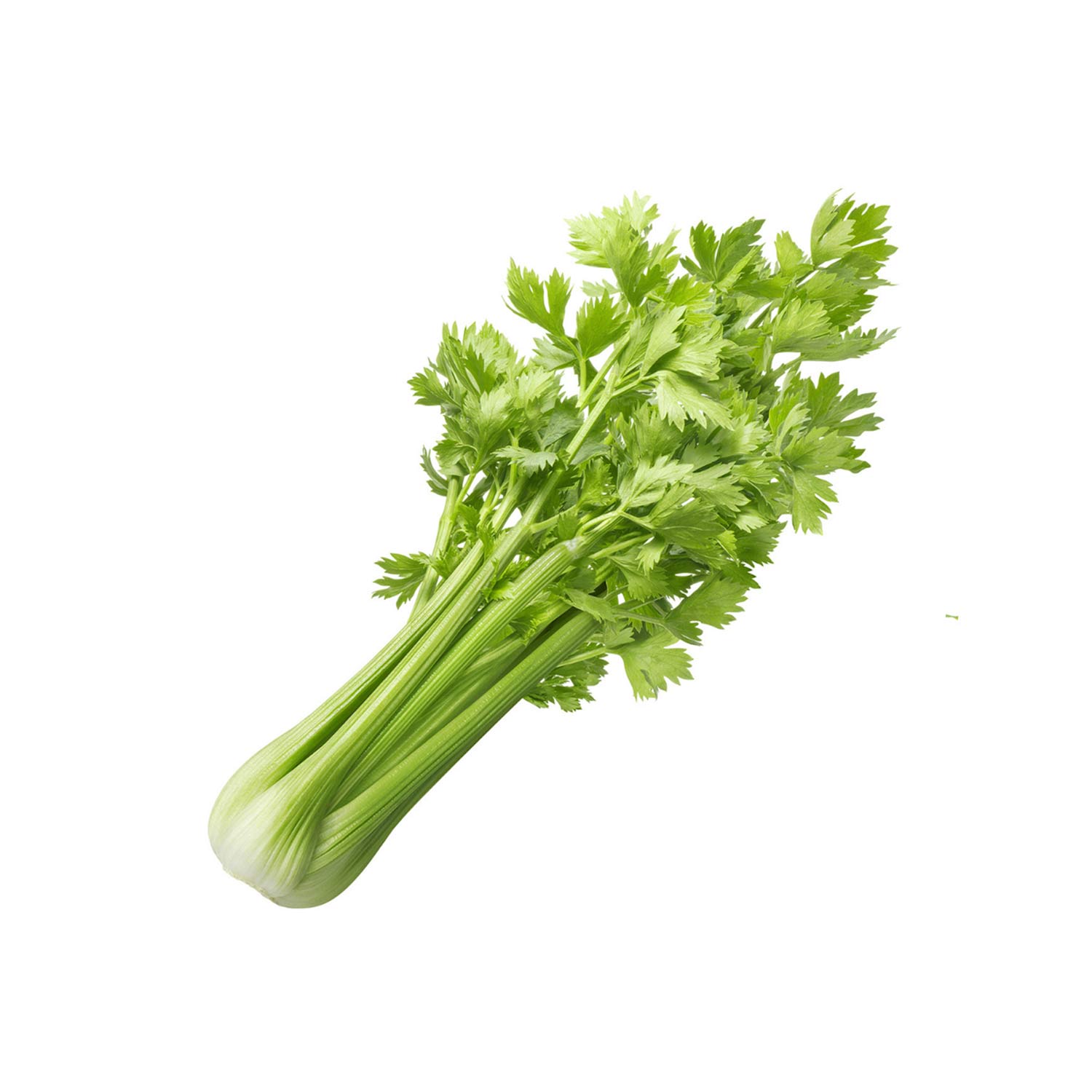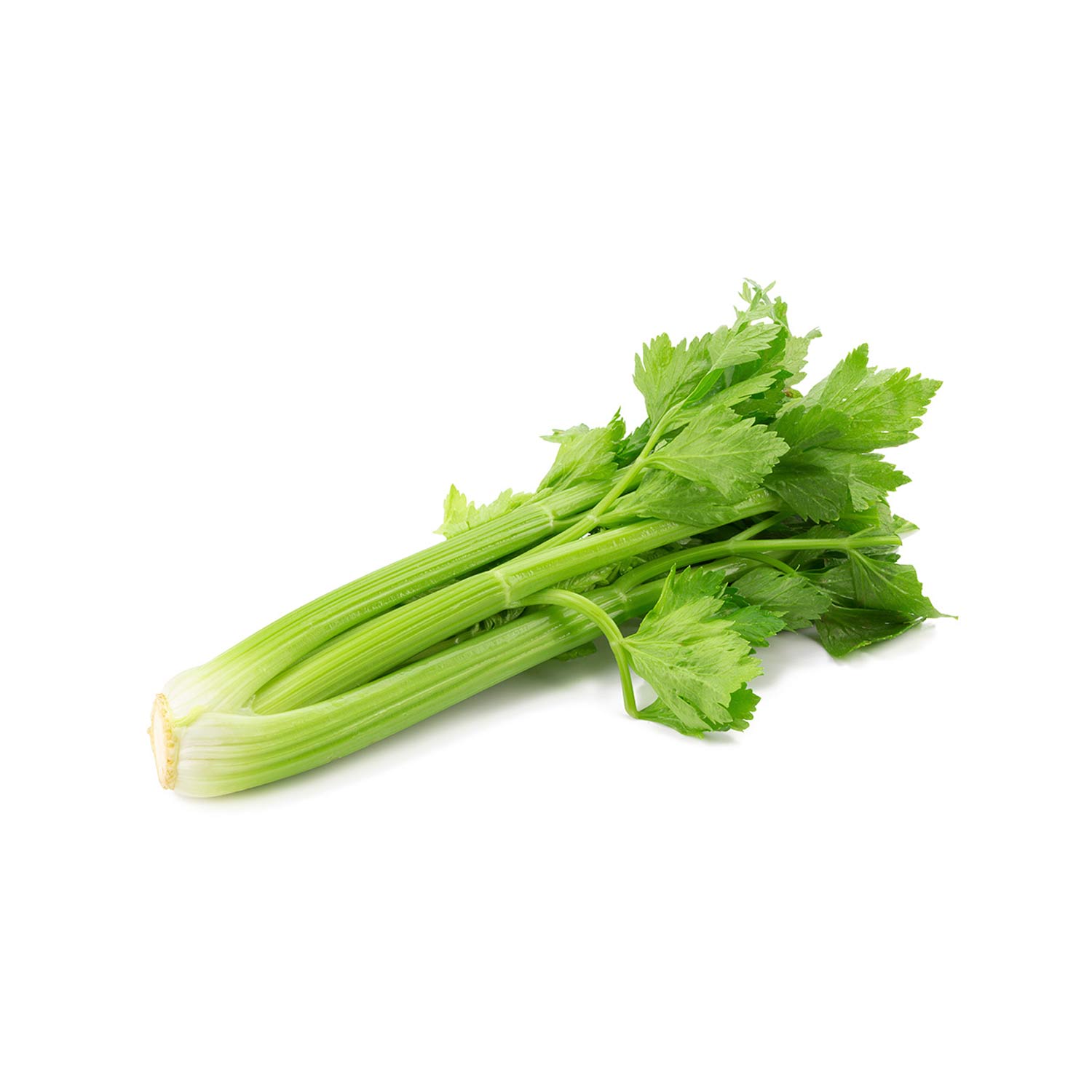A Step-by-Step Commercial Guide
Exporting fresh vegetables offers a profitable path to grow your agribusiness globally. As health trends rise and global supply chains expand, more countries rely on imports to meet year-round vegetable demand. By following the right steps, you can successfully enter this growing market. How to Export Fresh Vegetables


Why Export Fresh Vegetables?
Demand for fresh vegetables continues to rise worldwide. Not only are people eating more vegetables for health reasons, but many regions cannot grow enough to meet consumer needs. As a result, exporters from agricultural countries have a clear advantage.
1. Global Demand Is Rising Rapidly
Vegetables like lettuce, spinach, cucumbers, and tomatoes are consumed daily across the world. For example, Middle Eastern countries import large volumes during the off-season. In addition, European supermarkets seek high-quality imports that meet sustainability standards. Thus, fresh vegetable exporters play a key role in the global food supply.
2. Exporting Helps Farmers and Local Economies
By entering foreign markets, farmers can boost their income and create jobs. Moreover, governments often support agricultural exports with tax benefits, subsidies, or training programs. Therefore, the entire value chain—from growers to transporters—benefits from a strong export strategy.
How to Export Fresh Vegetables Successfully
Success in exporting vegetables comes from proper planning and attention to detail. Below are the key steps to follow.
1. Choose the Right Market
Start by researching potential import markets. Look for countries with high demand, low production, or seasonal gaps. For instance, Gulf nations import during the summer due to heat-related crop failures. Additionally, study tariff rates, import rules, and certifications needed in each country.
2. Ensure Quality and Compliance
Quality is everything in fresh vegetable exports. Therefore, you must follow best farming practices and meet international standards. Certifications like GlobalG.A.P., ISO 22000, or Organic certification are often required. Furthermore, buyers increasingly want traceability from farm to shelf.
3. Package and Label Properly
Vegetables must arrive looking fresh and appealing. Consequently, your packaging must prevent damage and allow airflow. Use ventilated crates or eco-friendly boxes. Be sure to label packages clearly with product name, weight, origin, and handling instructions. This not only satisfies customs—it reassures buyers too.
4. Use Cold Chain Logistics
Since vegetables spoil quickly, you need a strong cold chain. From harvest to delivery, keep temperatures consistent. Work with transport partners who provide refrigerated trucks and containers. That way, you avoid spoilage and maintain product value.
5. Build Long-Term Buyer Relationships
Finally, connect with reliable international buyers. Attend trade fairs, list your products on B2B platforms, and join exporter associations. Once you secure your first deal, focus on reliability and responsiveness. Over time, you’ll build trust and repeat business.
Exporting fresh vegetables is more than a business—it’s a chance to grow globally while meeting the world’s need for healthy food. By selecting the right market, meeting quality standards, and delivering reliably, you can build a thriving export business. With rising demand worldwide, now is the perfect time to step into the global market.





